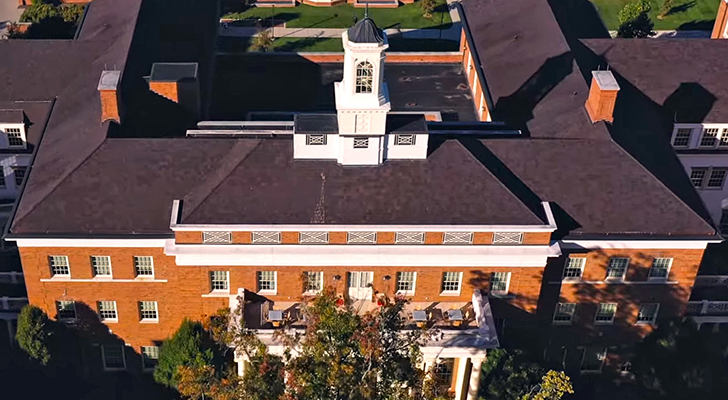

These diverse mission assets are prepared to respond quickly and effectively to protect lives, property, critical infrastructure and natural resources, and can include, but are not limited to, MAFFS, military helicopters and ground forces capable of supporting the firefighting efforts. The Department of Defense provides unique firefighting assets to the requesting agencies. Once the load is discharged, it can be refilled in less than 12 minutes.ĭOD provides support when requested by the National Interagency Fire Center and approved by the Secretary of Defense. AIR CARRIER An aerial firefighting organization working to protect communities worldwide, 10 Tanker has been operating since 2006. MAFFS is a self-contained aerial firefighting system that can discharge 3,000 gallons of water or fire retardant in less than five seconds, covering an area one-quarter of a mile long by 100-feet wide. For more information about the mission assignment process, please contact the local incident PIO. Dispatch centers deploy aircraft to drop retardant based on requests from civilian Incident Commanders. Once deployed to support wildland firefighting efforts, DoD assets are employed as determined by the requesting civil authority. NIFC assigns the aircraft to geographic area coordination centers which then assign them to specific wildfires.

This effort is part of a long-standing relationship between DoD, NIFC and local authorities to work together to provide timely and effective containment actions. In fact, from 2002 to 2011, military C-130s with MAFFS systems have delivered a total of approximately 7.7 million gallons of retardant on wildfires. The Department of Defense is flying at the request of the National Multi-Agency Coordinating Group (NMAC) at the National Interagency Fire Center (NIFC) in Boise, Idaho and has a long-standing effective partnership with NIFC. Forest Service owns the MAFFS equipment and supplies the retardant, while the DoD provides the C-130 aircraft, pilots, and maintenance and support personnel to fly the missions. Forest Service and Department of Defense (DoD). The MAFFS program is a joint effort between the U.S.

MAFFS are important because they provide a "surge" capability that is used to boost wildfire suppression efforts when commercial airtankers are fully committed or not readily available. The aircraft will be operating from Peterson Air Force Base in Colorado Springs, Colo. Two MAFFS aircraft will be coming from the 153rd Airlift Wing in Cheyenne, Wyo., and two aircraft will be from the local 302nd Airlift Wing here in Colorado Springs, Colo. Northern Command has approved the deployment and employment of four Modular Airborne Fire Fighting Systems (MAFFS) C-130 aircraft to assist in wildfire suppression in Colorado and elsewhere in the Rocky Mountain and Southwest regions.


 0 kommentar(er)
0 kommentar(er)
